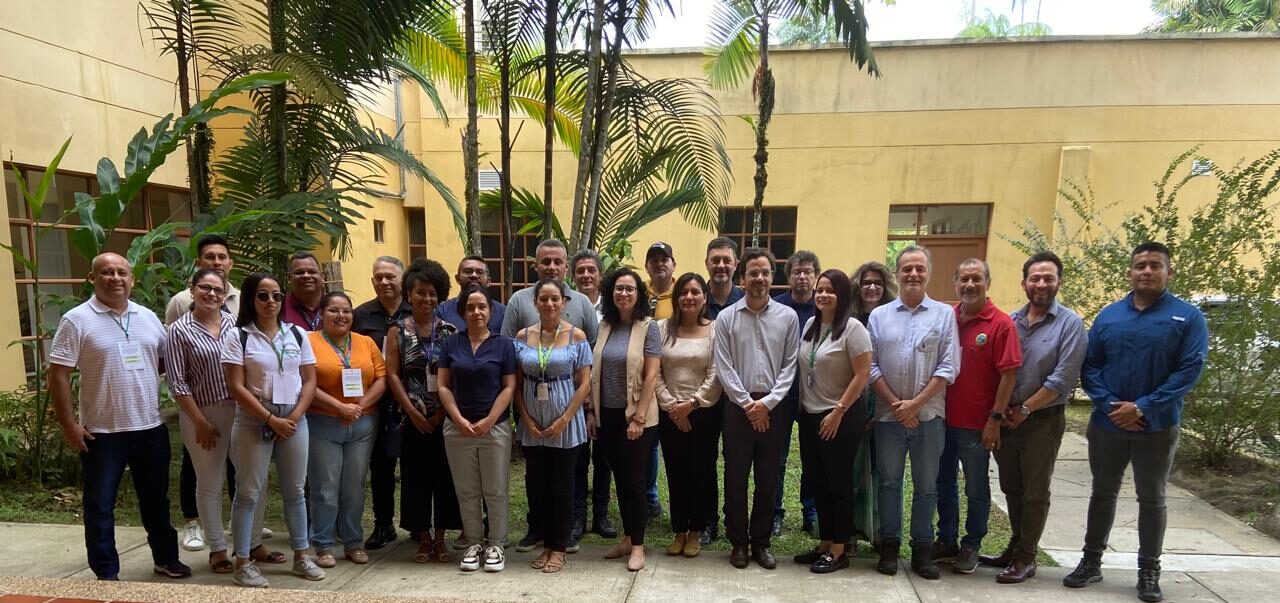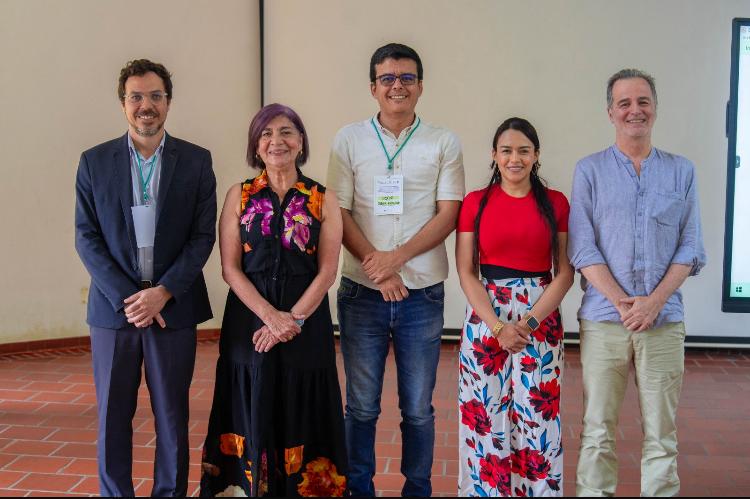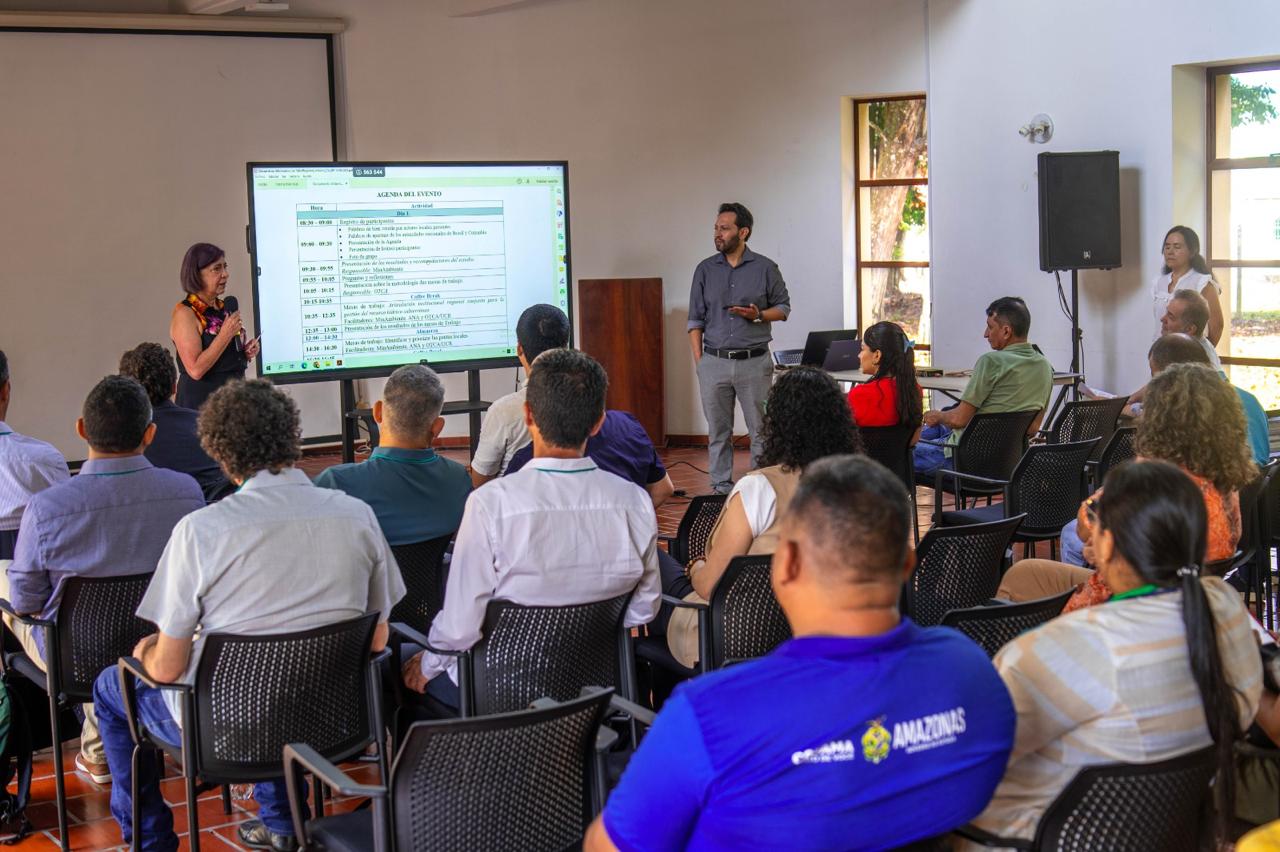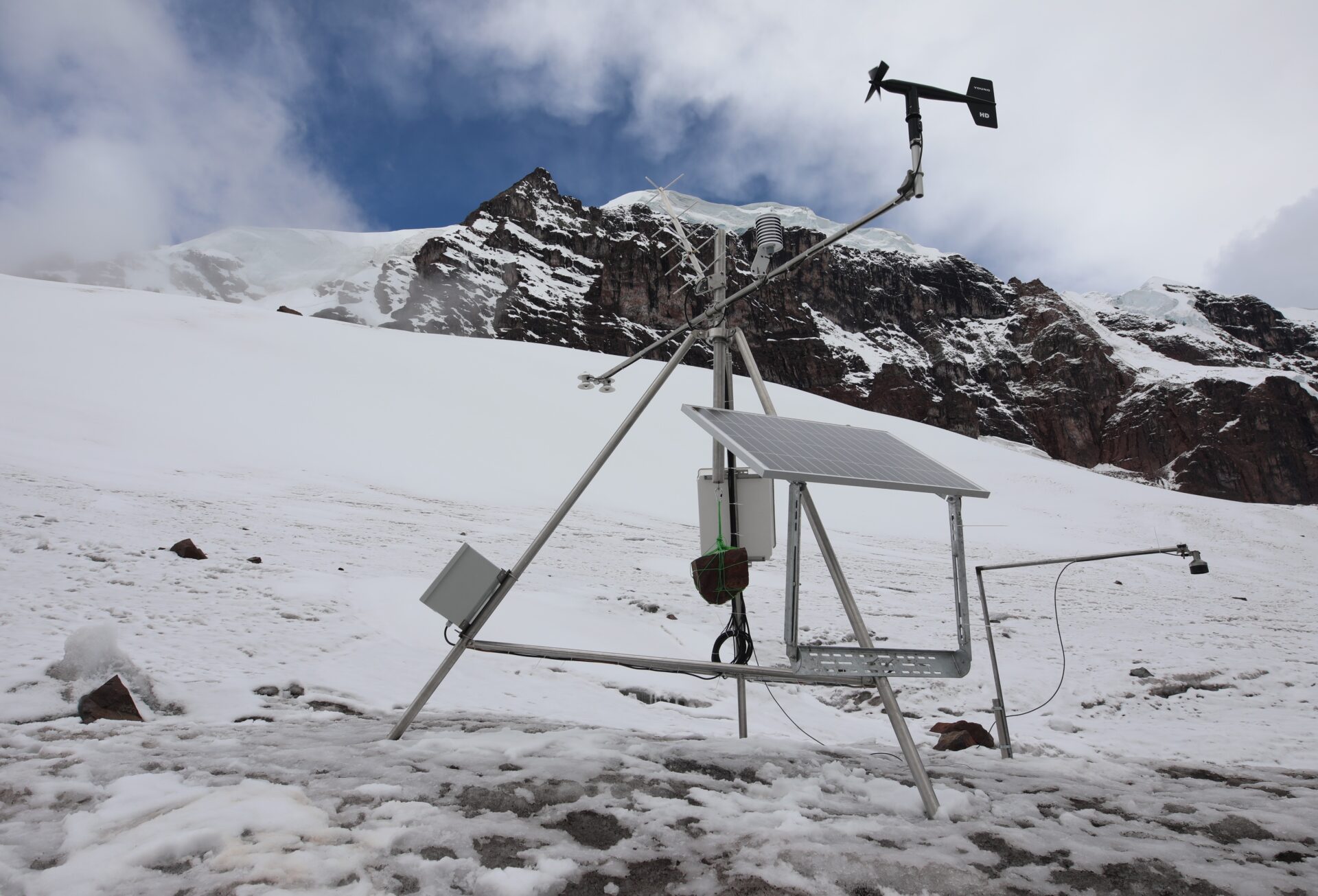On July 23 and 24, Brazil and Colombia took a significant step towards ensuring the efficient and sustainable management of the aquifer responsible for supplying the populations of the sister cities of Leticia and Tabatinga, located in the Amazon region on either side of the border between the two countries. During the 3rd Brazil-Colombia Binational Workshop, authorities and technicians from national and local institutions in the water resources area, gathered in Leticia by the Amazon Cooperation Treaty Organization, decided to form a binational technical group to develop a joint and comprehensive work plan aimed at promoting water security for more than 100,000 inhabitants of the border region.
In both cities, household water supply is often provided by domestic wells. Schools, recreational clubs, and other communal environments also use groundwater extracted from wells. To assess the quality of this water, the Amazon Basin Project (ACTO/UNEP/GEF), in partnership with Brazil’s National Water and Basic Sanitation Agency (ANA) and Colombia’s Ministry of Environment and Sustainable Development (Minambiente), conducted a study between 2022 and 2023 that detected levels of fecal coliform contamination in some private wells in the region. The study was presented during the event in Leticia.
“The presence of coliforms in the water indicates that the common problem in both cities is the deficiency in basic sanitation. Therefore, it is very important to work together since groundwater does not recognize borders, and to move forward from the great purpose of developing an integrated territorial vision to solve the problem, with ACTO as the coordinator of the cooperation process in promoting water security for the populations,” explained Óscar Puerta, Director of Integrated Water Resource Management at Colombia’s Ministry of Environment and Sustainable Development.
Planning the integrated structure of basic sanitation to reduce the risks of wastewater contamination is just one of the areas the technical group will work on. As explained by Henrique Pinheiro Veiga, Superintendent of Plans, Programs, and Projects of Brazil’s National Water and Basic Sanitation Agency (ANA), in addition to deepening the diagnosis of the state of the aquifer, it is also planned to advance the implementation of a network to monitor the quality and quantity of groundwater through conventional monitoring and community monitoring.
“The monitoring system will observe both the quality of the water and the demands on the aquifer, allowing for the identification and resolution of potential contamination and water scarcity problems. For the network to succeed in its purpose, it is essential that local communities are committed. In this way, they will be able to know the quality of the water they drink and alert the competent authorities about the presence of contamination indicators,” Veiga emphasized.
The authorities and technicians who make up the binational technical group agree that the shared management of the groundwater of Leticia and Tabatinga poses challenges, from harmonizing the legal frameworks of basic sanitation in the two cities to securing financing for infrastructure works. “Despite the enormity of the challenges we face, the prospects are good since we are all committed to overcoming them,” says Henrique Veiga.
Participants identified the Brazil-Colombia Neighborhood Commission as a platform where the management of groundwater in this territory and the actions established by the formed group could be promoted.

The Binational Cooperation Project
Since 2022, the Amazon Basin Project (ACTO/UNEP/GEF), with the support of ANA and Minambiente, has been implementing a binational intervention in the urban area of Tabatinga and in the urban area and part of the suburban area of Leticia, with the aim of stimulating regional cooperation and institutional coordination for groundwater resource management and the coordination of integrated solutions.
Since then, it has promoted a participatory construction process to define a set of local guidelines for the use and protection of groundwater sources. In addition to the study conducted in the two cities, the project organized two other binational workshops in the region. One of the most important outcomes of these events was the dissemination of the study results and the design of the groundwater monitoring network as part of the binational intervention.
Related news
Post
28 de November de 2025
Water is the central element through which most of the impacts of climate change manifest themselves: more intense droughts, extreme [...]
Post
27 de November de 2025
Four glaciological, meteorological, and hydrometric monitoring stations have been installed in the Vilcanota and Carabaya mountain ranges in southern Peru [...]
Post
3 de November de 2025
The Amazon Cooperation Treaty Organization (ACTO) announces a call for specialized technical services to update the Atlas of Hydroclimatic Vulnerability [...]












